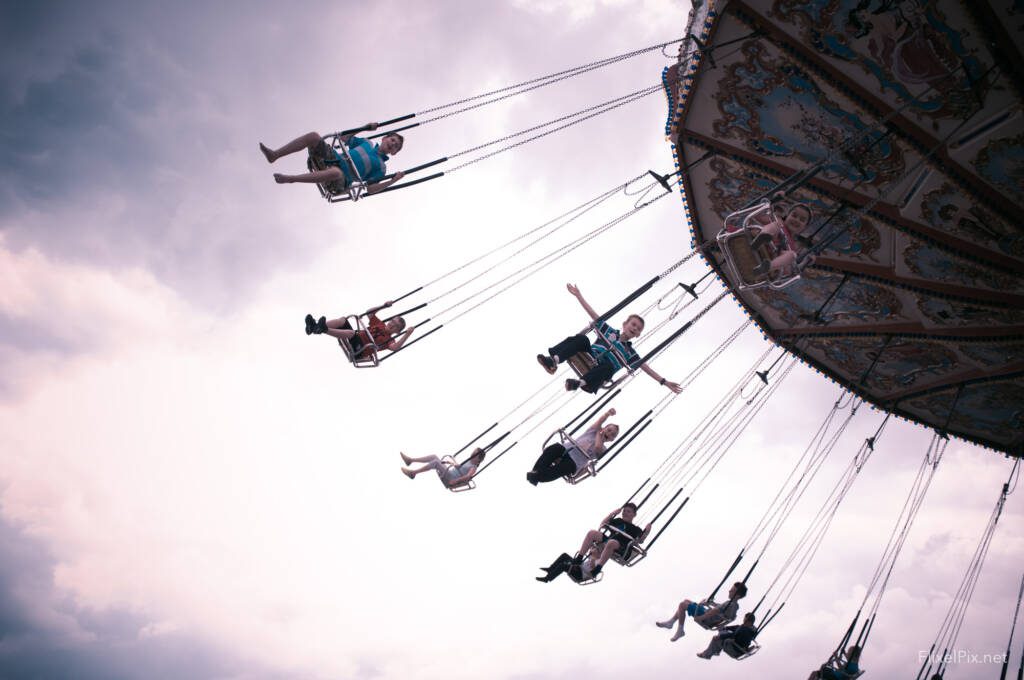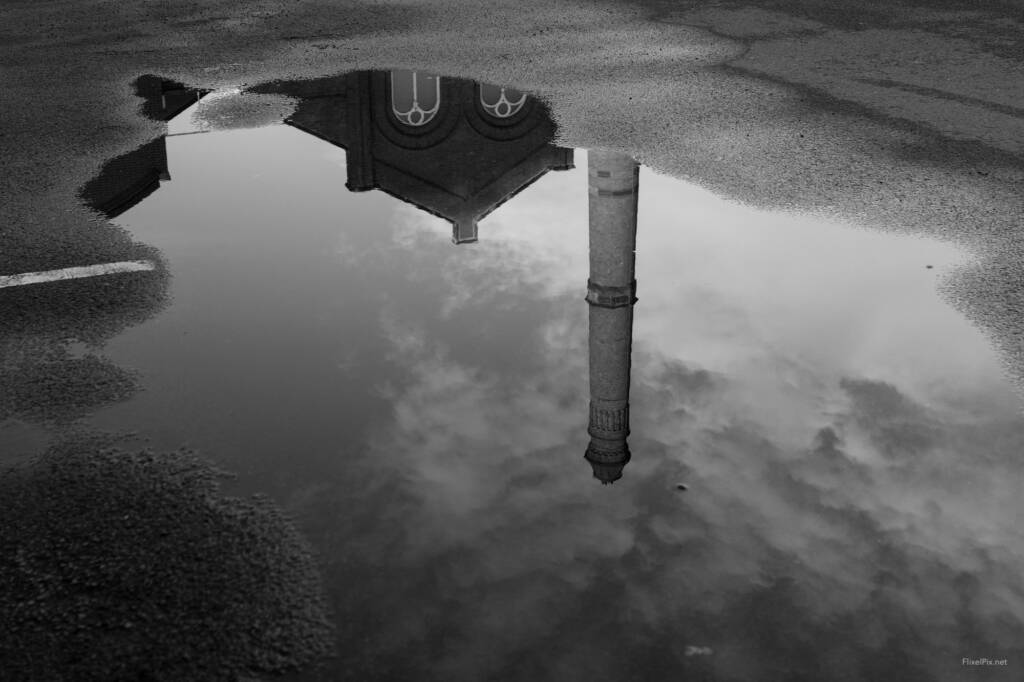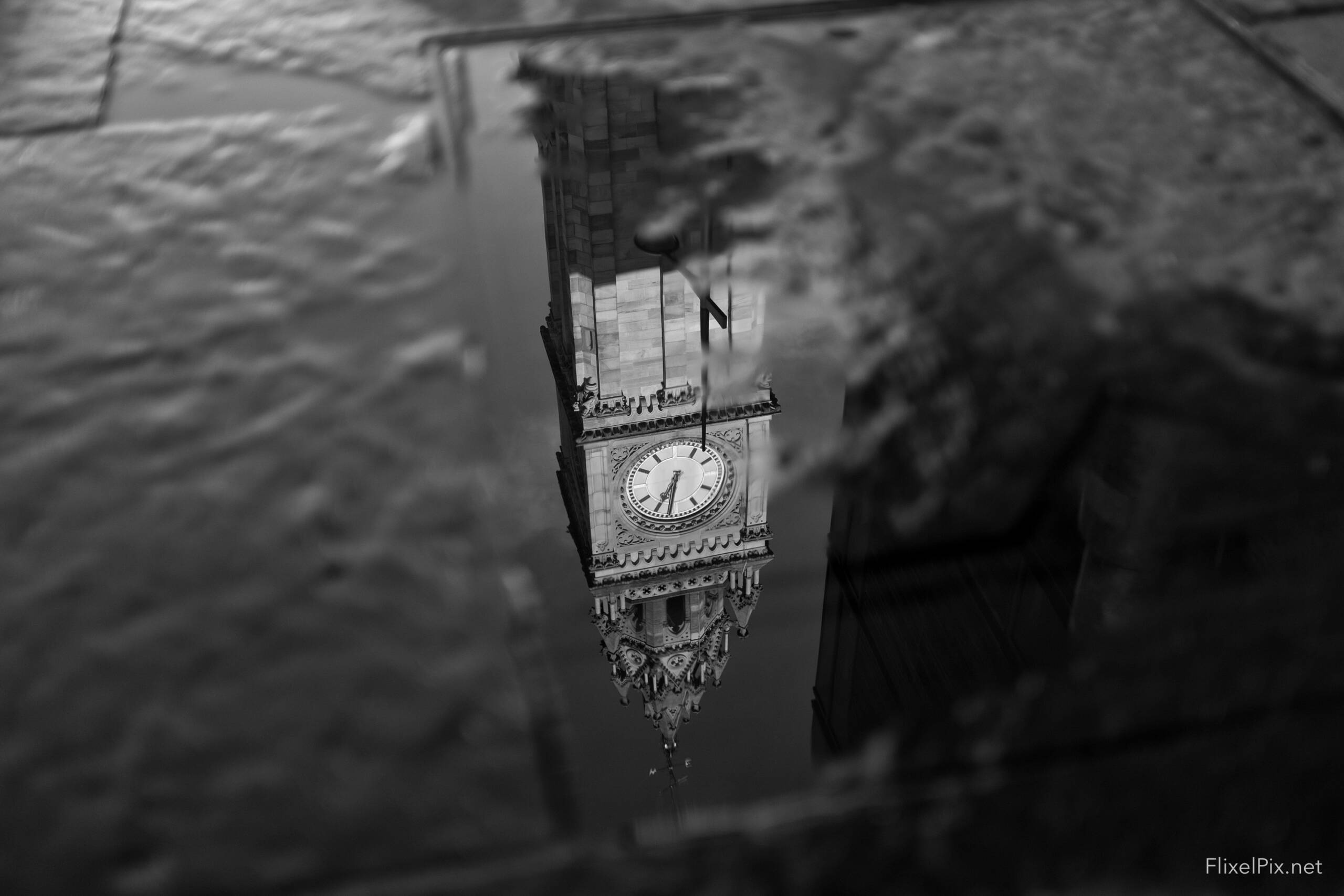Back in the spring of 2011, I embarked on a photographic journey that began with the Fujifilm X100 camera and a beautifully crafted leather case. What started as a casual purchase soon transformed into an enduring connection with what has become my favourite compact camera series. Over the years, I’ve embraced every iteration, from the FinePix X100. The Fujifilm X100F was a favourite on the the journey to the X100VI.

The X100 series has traveled with me to a range of varied destinations—from the rugged Mourne Mountains to the summit of Mont Blanc. From the streets of Belfast to the iconic avenues of London and Paris. Wherever I go, I pack a Fujifilm X100 series camera.
While the Fujifilm X100V and X100VI are notoriously difficult to find, the Fujifilm X100F still remains a brilliant option for photographers seeking portability and performance.
The Fujifilm X100F: A Camera for All Situations
Continuing Fujifilm’s tradition of innovation, the X100F brought meaningful enhancements to the X100 lineup, cementing its reputation as a tool for both landscape and documentary photography. Compact yet powerful, it strikes a balance that very few cameras can match.
At the heart of the Fujifilm X100F is the 24-megapixel X-Trans III sensor, the same powerhouse found in Fujifilm’s former flagship X-Pro2 and X-T2 cameras. This sensor still delivers breathtaking image quality with exceptional dynamic range and detail. it is equally suited to capturing the Mourne Mountains as it is for Belfast’s busy cityscapes.
To support its upgraded sensor and processor, the Fujifilm X100F moved to the NP-W126D battery, shared with Fujifilm’s interchangeable-lens models. This move, included USB charging adding another layer of convenience as a travel camera.
What Makes the Fujifilm X100F Special?
The X100F fixed 23mm lens (equivalent to 35mm in full frame metrics) is versatile, while optional teleconverters and a digital teleconverter (for JPG shooting) expand creative possibilities.
The X100F’s low-light capabilities are extraordinary, with minimal noise even at higher ISO settings. Coupled with Fujifilm’s renowned ACROS film simulation, the camera captures stunning high-contrast monochrome images. I often set the camera to ACROS-G and only capture monochrome images.

The X100F offers exposure compensation up to ±5 stops, a built-in ND filter. Long-exposure modes make it perfect for creative experimentation. The threaded lens mount also supports external ND filters, adding to its versatility. (See How to capture long exposure images with the Fujifilm X100VI).
I had the privilege of using a pre-production X100F for three months before its official launch, documenting everything from Belfast city streets to musician Amy Montgomery recording at Millbank Music Studios. The camera’s blend of portability and performance made it extra special.
The Fujifilm X100F feels premium, with a slightly larger body than its predecessor, the X100T and slightly smaller body than the X100VI. The physical ISO dial is a welcome addition, enabling quick adjustments in rapidly changing light—a feature I found invaluable during late winter photography hikes.
Fujifilm X100 Panoramic Photography
I have always loved the sweep panoramic model offered on Fujifilm cameras. The X100F is no different the sweep panorama mode seamlessly stitches images into a single, high-quality JPG, perfect for capturing the grandeur of landscapes like the Mourne Mountains. Click for a larger view.
With a ‘T’ mode for exposures up to 30 seconds, a bulb mode, and built-in ND filters, the X100F opens up endless possibilities for long-exposure photography.
Conclusion
The Fujifilm X100 series transcends its compact size, offering a blend of portability, performance, and versatility that’s unmatched. Whether you’re exploring urban streets, capturing sweeping landscapes, or documenting fleeting moments, the X100 series delivers consistently exceptional results.
While the X100VI represents the latest evolution in the series, the X100F remains a compelling option. Its elegant design, intuitive controls, and outstanding image quality make it a camera that continues to inspire.
The X100V and X100VI build upon the strengths of the X100F, introducing crucial upgrades in lens quality, weather sealing, touchscreen functionality, sensor technology, and video capabilities. The X100VI is no doubt is a more modern and versatile option for photographers who need cutting-edge features. That said if you are struggling to find one the X100F is still an excellent and capable camera.
The Fujifilm X100F remains part of the journey. I replaced my Fujifilm X100V with the VI but the X100F still remains part of the collection.
Links
100 Photos captured with the Fujifilm X100 Series Camera
Long Exposure Photography with the Fujifilm X100VI
Follow on Instagram
Discover more from FLIXELPIX
Subscribe to get the latest posts sent to your email.






































